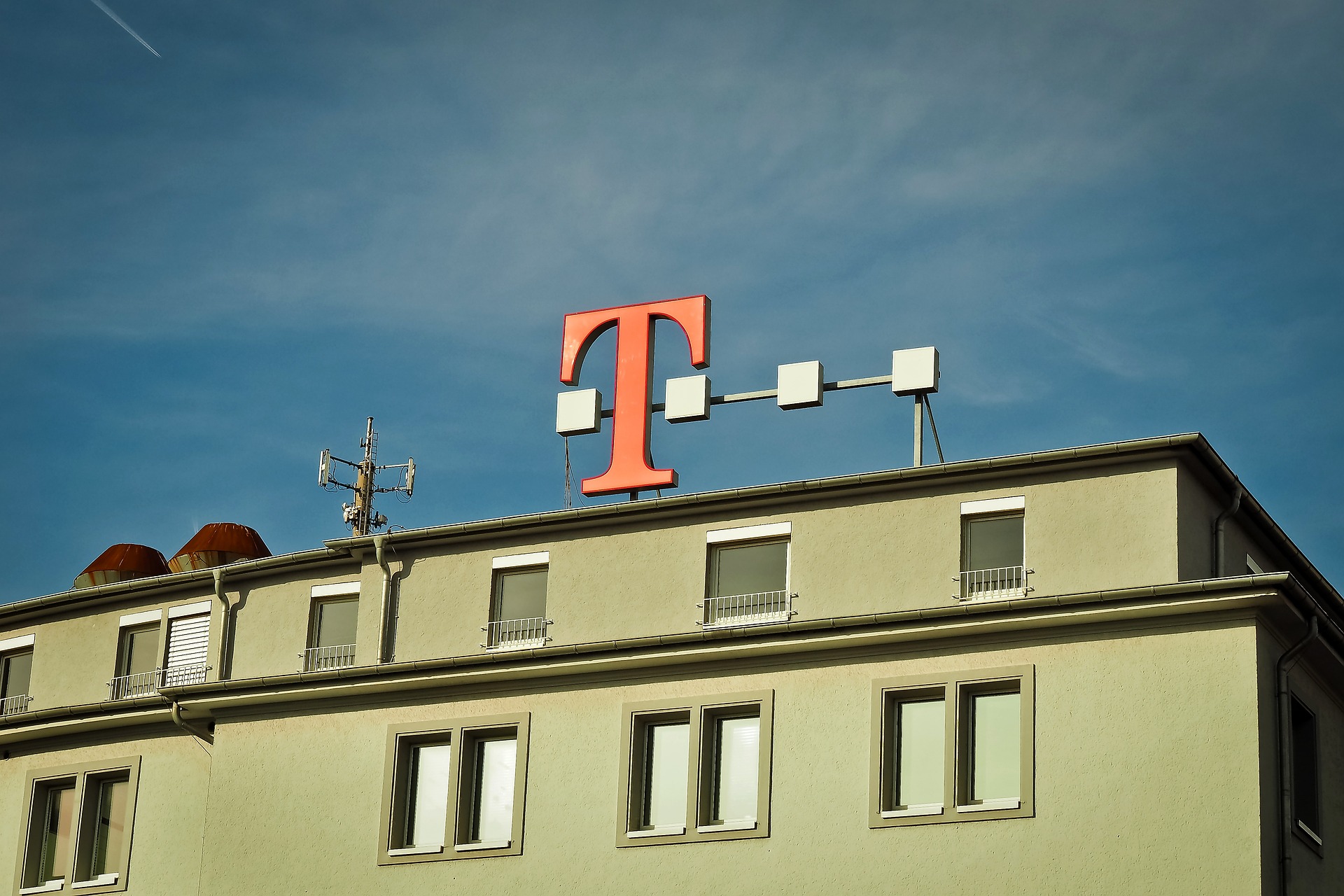Some of the links shared in this post are affiliate links. If you click on the link and make a purchase, we will receive an affiliate commission at no additional cost to you.
The Brave Browser, known for its privacy-friendly architecture and built-in ad blocker, is adding a revolutionary new feature to its functionality: the integration of local Artificial Intelligence (AI) powered by NVIDIA RTX graphics cards. This innovation makes it possible to execute AI-powered functions directly on users’ devices – without having to send data to external servers. Brave thus combines its strengths in data protection with state-of-the-art AI technology running on NVIDIA’s powerful GPUs.
Local AI: data protection and performance combined
In contrast to many other AI solutions that are processed in the cloud and therefore transfer potentially sensitive user data to external servers, Brave relies on local AI processing. This means that all AI-based processes are executed directly on the user’s device, which massively strengthens data protection. No personal data is sent to third-party providers, which is in line with Brave’s philosophy of protecting user privacy.
NVIDIA RTX graphics cards play a decisive role here. Thanks to their Tensor Cores, which have been specially developed for AI applications, the RTX GPUs can run computationally intensive AI models efficiently and quickly. This hardware enables the Brave Browser to provide advanced AI functions locally and in real time without the need to access external data centers.
AI functions in the Brave Browser
The integration of NVIDIA RTX enables Brave to offer various AI-powered features that enhance the browsing experience. These include, among others:
- Image and video processing: AI algorithms can be applied in real time to improve the quality of videos and images. With technologies such as Deep Learning Super Sampling (DLSS), also based on the RTX cards’ Tensor Cores, Brave can upscale low-resolution videos and display them in near 4K quality, even if the original source is lower resolution. This provides a sharper and clearer image without the need for more bandwidth.
- Text comprehension and language processing: Local AI can also be used for natural language processing (NLP). In the future, Brave could offer functions that enable users to automatically translate website content or create summaries of long texts – all in real time and without data leaving the device.
- Personalized web experience: Thanks to local AI processing, Brave could be able to offer personalized recommendations or optimized web searches based on the user’s interests and behavior, without this data being analyzed or shared for advertising purposes.
NVIDIA RTX: The technology behind local AI
The NVIDIA RTX graphics cards are known for their powerful hardware architecture, which has established itself in both gaming graphics and AI processing. The Tensor Cores in particular, which are specially optimized for AI operations, offer impressive performance in the execution of neural networks and machine learning.
In combination with NVIDIA’s CUDA framework, which enables developers to optimize their applications for parallel processing on GPUs, Brave can run complex AI models on the user’s hardware. This not only enables faster processing, but also improved energy efficiency, which allows for longer battery life, especially on mobile devices such as laptops.
More speed and quality without cloud dependency
Brave’s decision to rely on local AI is also a response to growing concerns about data security and reliance on cloud services. Many current AI applications, such as those used by search engines or voice assistants, require user data to be constantly sent to servers for processing. This carries the risk of sensitive information being stored or shared.
This dependency is avoided by using RTX technology. Brave users benefit from fast, AI-supported functions without jeopardizing their privacy. All data processing takes place on the local device, which not only makes the browser faster, but also more secure. This could be a milestone for browser and AI technology, as it shows that advanced AI can be powerful and useful even without cloud connectivity.
Future prospects: Brave as a pioneer for local AI
With the integration of NVIDIA RTX and locally executed AI functions, the Brave Browser is once again positioning itself as a pioneer in the field of data protection and technology innovation. This innovation could herald a new era in which users experience the benefits of AI without exposing their data.
The ability to utilize AI at a local level through NVIDIA’s powerful hardware could inspire other software developers to pursue similar approaches. In the long term, we could see a decentralization of AI, with more computing power taking place directly on users’ devices rather than in large data centers.
The integration of NVIDIA RTX and local AI into the Brave Browser marks a significant advancement in the way we use the internet. This technology allows users to enjoy the benefits of artificial intelligence without sacrificing privacy or performance. Brave demonstrates that modern technologies such as AI and GPUs can not only help improve the efficiency and quality of web content, but can also be used to promote privacy and security – a combination that is becoming increasingly important for the future of the web.





